Product Details
Reviews
Product Details
Objective:
Demonstrate a model of a Vacuum Cleaner to exemplify the energy transformation involved in suction and particle collection.
Materials included:
Bottle
Propellers
Batteries
Connecting Wires
Materials not included in the kit:
Procedure and assembly steps:
Procedure included in the kit manual . This is not a ready made product. Student needs to follow the steps to assemble the model…
Description:
A vacuum cleaner is an everyday household appliance that involves several energy transformations to perform its cleaning function. Here’s an overview of the energy transformations in a typical vacuum cleaner:
- Electrical Energy to Mechanical Energy: The vacuum cleaner starts by consuming electrical energy from an outlet or a battery. This electrical energy is converted into mechanical energy in the form of rotational motion. This conversion is achieved by an electric motor, typically located inside the vacuum cleaner.
- Mechanical Energy to Suction Power: The mechanical energy generated by the motor is used to create suction power. This power is essential for the vacuum cleaner to draw in air, dirt, and debris from the floor or other surfaces. Suction is created through the use of a fan or impeller connected to the motor. The spinning fan creates a low-pressure area inside the vacuum, causing air to be pulled into the cleaner’s intake.
- Kinetic Energy of Particles: As the vacuum cleaner sucks in air, it also captures dirt and debris from the surface being cleaned. These particles have kinetic energy due to their motion on the floor. The vacuum cleaner’s suction power slows them down and eventually stops their motion as they are drawn into the machine.
- Potential Energy in a Dustbin or Bag: Once inside the vacuum cleaner, the dirt and debris are collected in a dustbin or a bag. At this point, they possess potential energy because they are raised from the ground to a higher position within the vacuum cleaner.
- Thermal Energy: Some energy transformations within the vacuum cleaner result in the generation of heat. This is often a byproduct of the motor’s operation and the friction created by air and particles moving through the machine. In some vacuum cleaners, this heat may be used for specific purposes, such as drying the air or helping to kill bacteria.
Learning outcome:
Have a better understanding of a Vacuum Cleaner to exemplify the energy transformation involved in suction and particle collection using the model built by the student in this project
Section or subject:
Physics
Grades:
6+
Reviews
Be the first to review “Vacuum cleaner – Energy transformation” Cancel reply

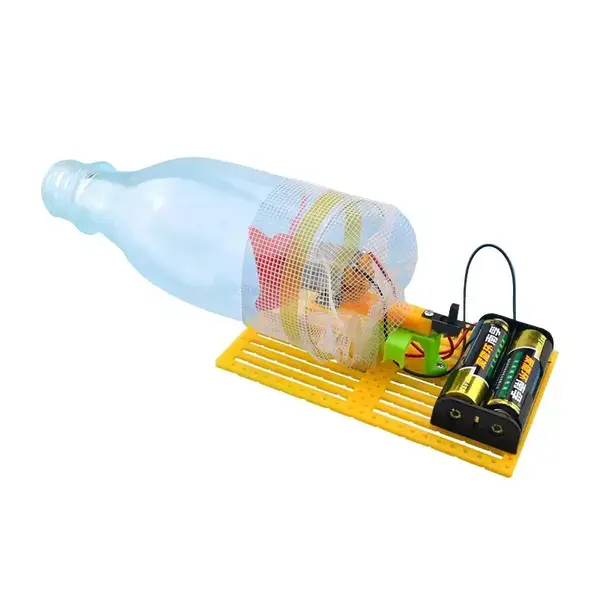
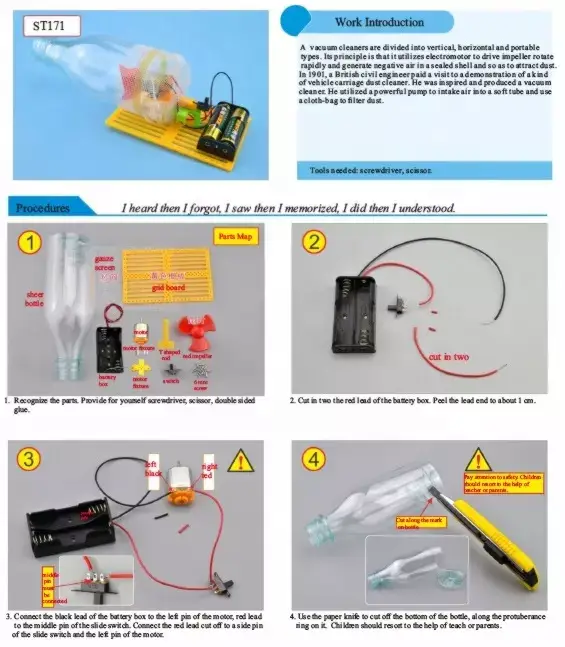
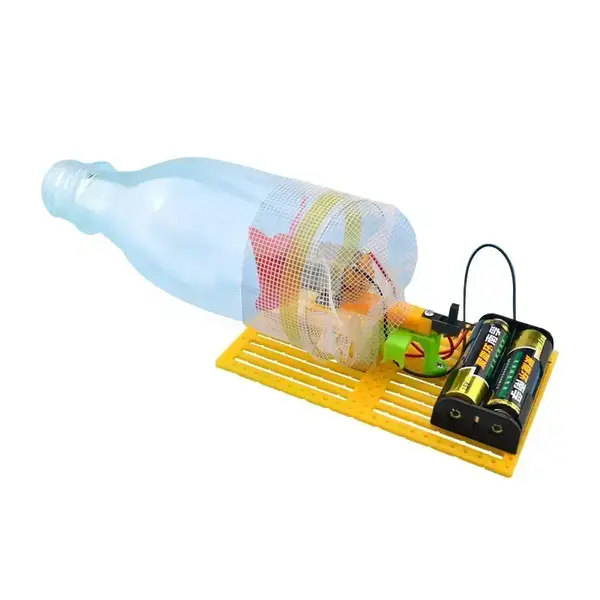



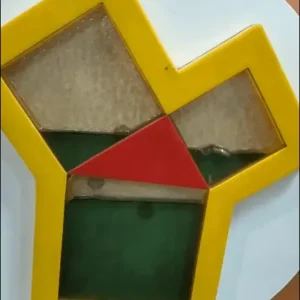
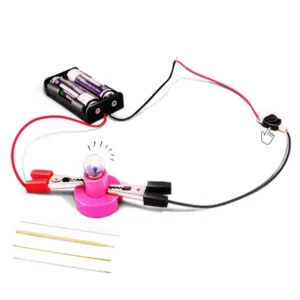
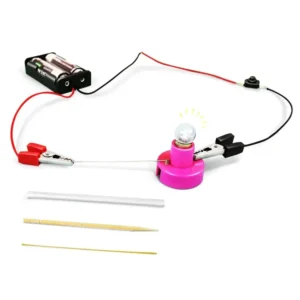





Reviews
There are no reviews yet.